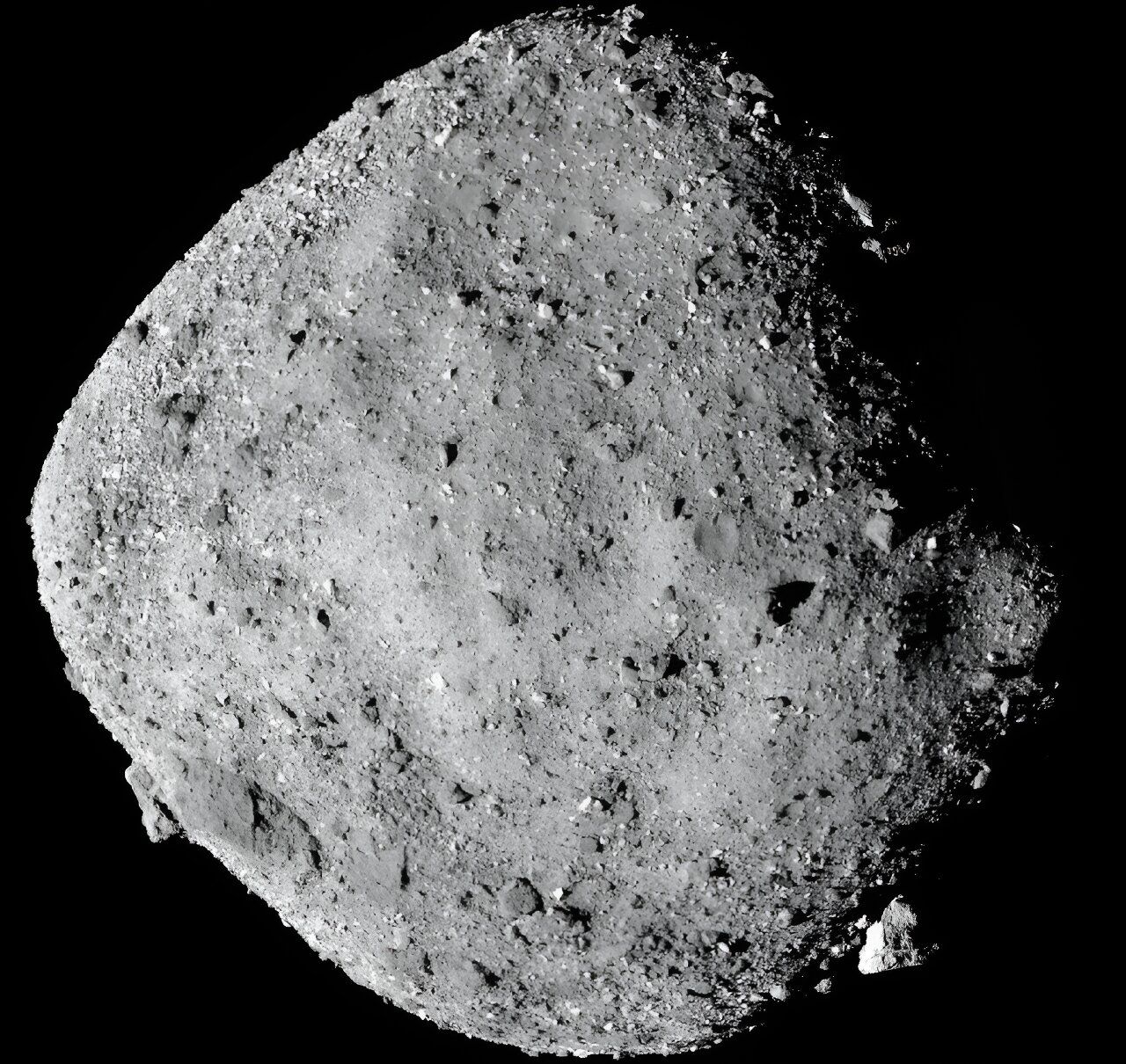Follow us on Google News (click on ☆)

This image, taken by NASA's Osiris-Rex probe in December 2018, shows asteroid Bennu.
To test this idea, an international team analyzed the trajectory of asteroid Bennu. It has been tracked with exceptional precision since its discovery in 1999, particularly thanks to data collected by NASA's OSIRIS-REx mission.
The principle is simple: if an unknown force is acting in space, it could slightly alter the path of asteroids. By comparing predicted trajectories with observed ones, researchers hope to spot unexplained deviations.
In Bennu's case, no significant deviation was detected. This doesn't necessarily mean the fifth force doesn't exist, but simply that it left no trace in this specific instance. However, this absence opens the door to tighter constraints on theoretical models.
Other celestial objects might be better suited for this type of research. Asteroid Apophis, for example, will pass very close to Earth in 2029. The OSIRIS-APEX mission, successor to OSIRIS-REx, is preparing to study it closely and could further refine observations.
The approach may seem unusual, but it follows a proven scientific tradition. In the 19th century, Neptune was discovered through anomalies in Uranus's orbit. Conversely, the fictional planet Vulcan, hypothesized between Mercury and the Sun, was ruled out after analysis.
For some researchers, like those at the University of Trento or Fermilab, these observations complement laboratory experiments. The goal remains the same: to explore the blind spots of the Standard Model and perhaps reveal a hidden force of nature.